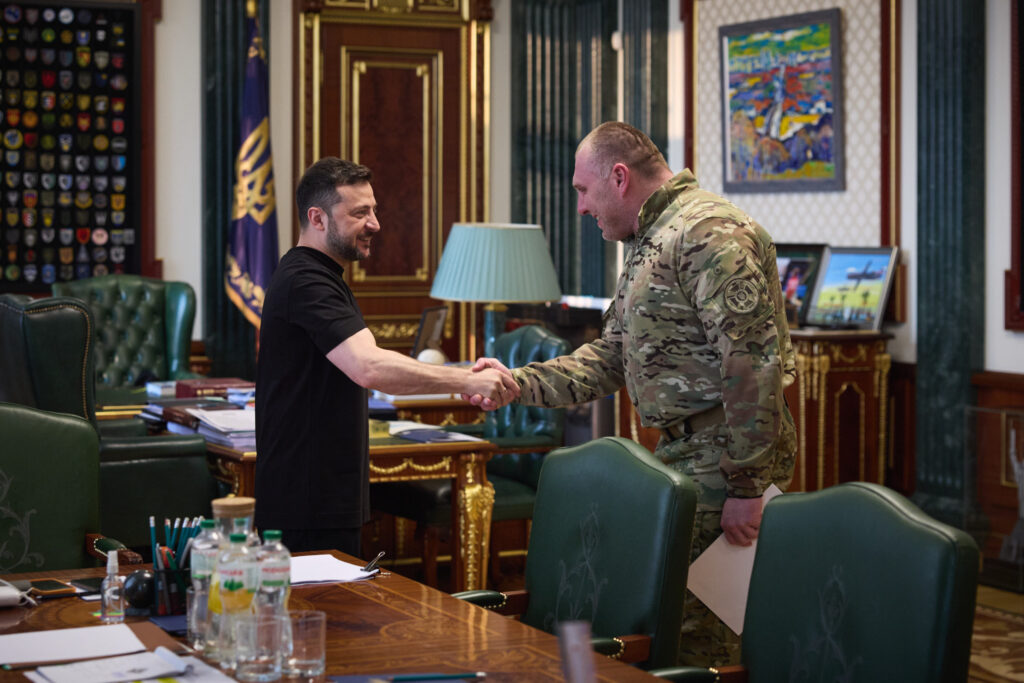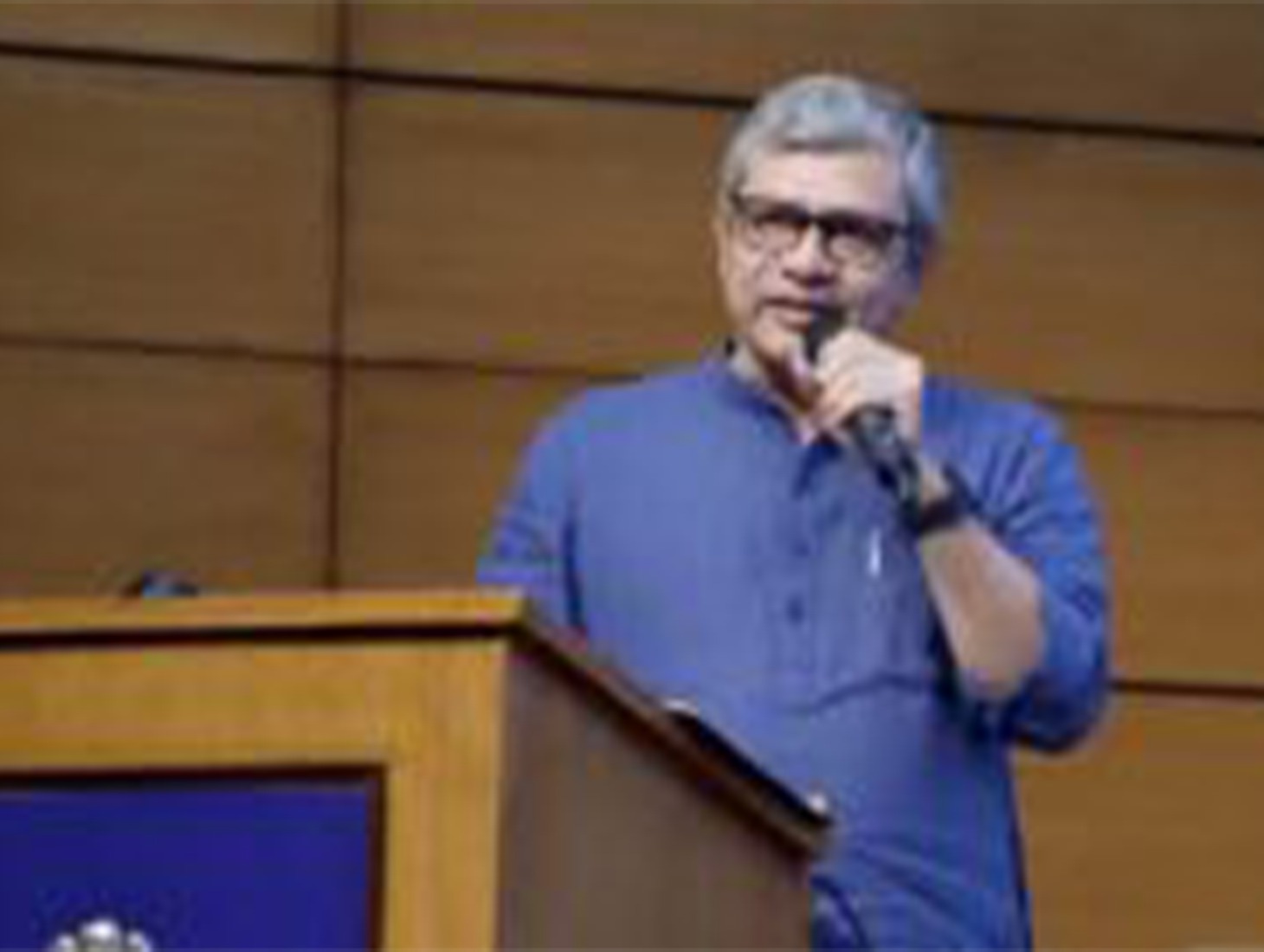The North News
Chandigarh, June 2
For over 18 months, Ukraine’s intelligence service was quietly preparing what would become one of the most daring and technically complex military operations of the war — a strike deep inside Russian territory that Kyiv claims destroyed 41 of Moscow’s bomber aircraft. Code-named “Spider’s Web,” the operation was a study in patience, precision, and deception. It began not with a drone launch, but with a smuggling mission.
According to Ukrainian officials, the drones used in the attack were not launched from Ukraine — they were already inside Russia. The plan revolved around camouflaged mobile launch platforms. It is believed that over months Ukrainian agents transported drones across the Russian border with the help of locals. These were not visible to the naked eye. Each drone was hidden inside a wooden cabin structure, rigged to look like storage sheds or transport cargo on top of flatbed trucks.

The key innovation was the cabin roof. It was designed to open remotely, revealing the weapon inside and launching it toward nearby airbases. To the outside world, the trucks were nothing more than parked vehicles or mobile homes. Officials said that these weren’t long-range drones flying in from Ukrainian territory and they were already there. We brought the web to the spider.
The Security Service of Ukraine (SBU), working alongside military drone units, had been tracking Russian bomber activity for months. Strategic aircraft — including Tu-95 and Tu-22 bombers — had been launching cruise missiles into Ukrainian cities, often from deep within Russia’s interior.
Airbases in regions such as Murmansk, Irkutsk, Ivanovo, Ryazan, and Amur became priority targets. But hitting them was another matter. Traditional drones would never survive the distance — nor penetrate Russia’s layered air defences.
The drones were first-person-view (FPV) types, typically used at close range and controlled by operators wearing goggles to guide them in real time. That meant drone pilots had to be positioned within the country as well — another layer of operational risk.
According to President Volodymyr Zelenskyy, 117 drones were launched in total — each with its own operator. Not only were the drones deployed successfully, but the crews involved were also safely withdrawn after the attack.
In what appeared to be a bold taunt, President Zelenskyy revealed that the covert command post orchestrating the strike was located “right next to the FSB headquarters” in one Russian region.
“An absolutely brilliant result,” Zelenskyy said. “Our most long-range operation. And our people got out in time.”
The Ukrainian leader went on to thank General Vasyl Maliuk, head of the SBU, for what he called a historic achievement. “These are Ukrainian actions that will undoubtedly be in history books,” he said. “We are doing everything to make Russia feel the need to end this war.”
Ukraine claims that the strike knocked out 34% of Russia’s strategic cruise missile carriers at the affected bases — a blow that, if accurate, would represent a serious setback to Moscow’s offensive capabilities.
Russia confirmed that five airfields had been hit in the regions mentioned but did not confirm the scale of the damage.
















